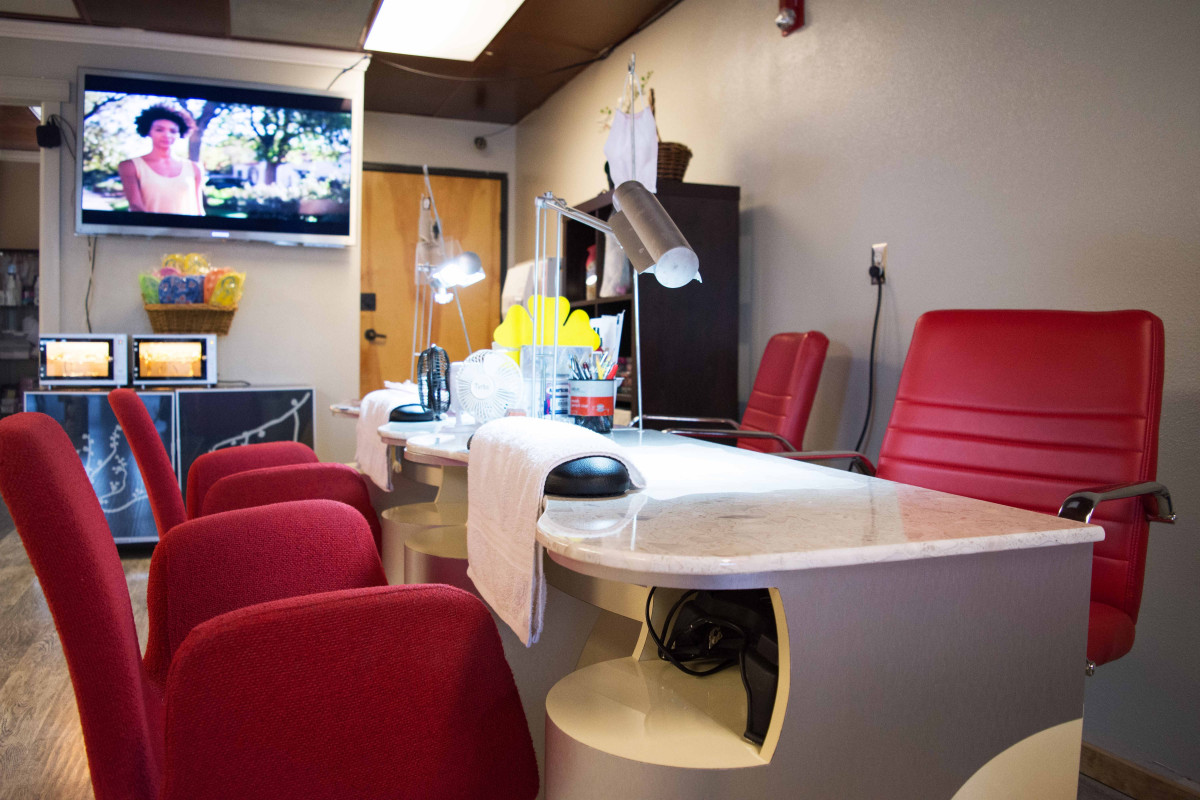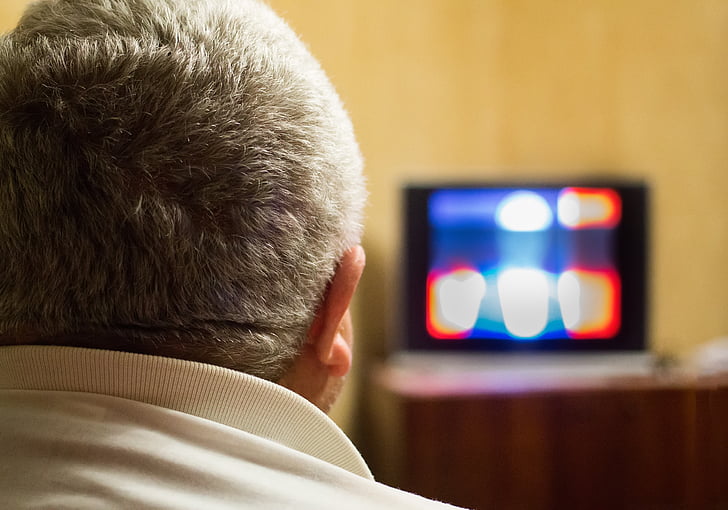Retirement is often seen as a time of relaxation and enjoyment, free from the stresses of a work schedule. Yet, as many retirees are finding out, it can also come with financial constraints that make certain luxuries feel out of reach. Economic shifts, healthcare costs, and the changing cost of living mean that some comforts you might have taken for granted could be harder to maintain. Here’s a look at some of those little luxuries that retirees find themselves having to reconsider.
1. Dining Out Regularly

In your working years, grabbing dinner at your favorite restaurant might have been a regular treat. But as a retiree, the cost of dining out can quickly add up, stretching your post-retirement budget thin. Financial expert Jane Bryant Quinn observes that even modest restaurant meals can become a significant expense over time, urging retirees to keep a close eye on such discretionary spending. With the added costs of tips and transportation, what once was a simple pleasure becomes a financial consideration. Cutting back here means more at-home meals, which can be healthier but require more effort and planning.
For many retirees, eating out also means socializing, an essential part of maintaining a balanced lifestyle. However, when the budget feels tight, these outings can become less frequent, which may lead to feelings of isolation. Instead, you might find yourself hosting potlucks at home or meeting friends for coffee rather than a full meal. Sharing meals at home not only saves money but can also offer a more intimate setting to catch up with friends. Balancing social needs with financial constraints becomes a delicate dance.
2. Spontaneous Travel

The freedom of retirement often brings dreams of spontaneous travel—new adventures without the worry of vacation days. Yet, for many, the reality is that travel requires extensive planning and saving. Costs associated with flights, accommodations, and dining out can strain a retiree’s budget, especially with fluctuating prices. Instead of last-minute trips, you might find yourself looking for discounts, planning in the off-season, or choosing closer destinations. The wanderlust remains, but the spontaneity often does not.
Moreover, health considerations can add a layer of complexity to travel plans. Many retirees need to ensure they have access to necessary medications and healthcare while away from home. The logistics of travel insurance and the potential for unexpected medical costs can further complicate spur-of-the-moment trips. So, while the desire to explore remains strong, the execution requires more thought and planning. Travel becomes less about impulsivity and more about thoughtful strategy.
3. Weekly Salon Visits

Regular salon visits can be a cherished routine, offering both self-care and social interaction. However, in retirement, this luxury becomes harder to justify when on a fixed income. According to a study by the Employee Benefit Research Institute, retirees often need to re-evaluate their discretionary spending to ensure their savings last. This often leads to stretching out time between visits or opting for simpler services. The result is a more DIY approach to personal grooming.
While the salon can offer a sense of indulgence and pampering, many retirees find satisfaction in learning to manage some beauty routines at home. This might mean embracing natural hair colors or mastering home haircuts. It becomes a redefinition of beauty standards, focusing more on practicality than luxury. The salon might become a special occasion treat rather than a weekly habit. This shift is both a financial adjustment and a lifestyle change, acknowledging new priorities.
4. Premium Cable Packages

Cable TV has long been a staple for entertainment and staying informed, but premium packages can be costly. In retirement, many people reassess their entertainment budgets, often finding these services a luxury rather than a necessity. Streaming services provide a more flexible and often cheaper alternative, allowing for customized viewing options. However, even these can add up if not carefully managed, with multiple subscriptions leading to unexpected expenses. Cutting the cord might require a shift in viewing habits and a willingness to explore new technology.
For those accustomed to traditional cable, the transition to streaming can initially be daunting. It involves learning new interfaces and possibly investing in compatible devices. Yet, this switch can be empowering, providing access to a broader range of content at a fraction of the cost. Retirees often find value in bundling services or sharing subscriptions with family members. The key is to remain adaptable and open to change, embracing new ways to enjoy beloved shows and films.
5. Luxury Car Leases

Driving a luxury car can be a symbol of success and comfort, but maintaining such a vehicle in retirement can be financially burdensome. Leases and loans come with monthly payments that can strain a fixed income. According to financial planner Michael Kitces, many retirees find that downsizing to a more economical car can provide significant savings. This shift not only reduces monthly expenses but also cuts costs associated with insurance and maintenance. The focus becomes more on practicality and less on prestige.
While the change might seem daunting, many retirees find unexpected joy in simpler, more reliable vehicles. Less time spent on maintenance and repairs means more time for other pursuits. Economical cars often boast better fuel efficiency, adding another layer of cost savings. This adjustment can also free up funds for other priorities, such as travel or hobbies. The trade-off is usually worth it, as it supports a more sustainable financial lifestyle in retirement.
6. Daily Coffee Shop Visits

Your daily visit to the local coffee shop might have been a morning ritual, offering a moment of peace and the perfect caffeine fix. However, the costs can add up quickly when you’re no longer receiving a steady paycheck. Many retirees discover that brewing their own coffee at home is a budget-friendly alternative. Not only does this save money, but it also allows for the personalized touch of creating your perfect cup. Over time, these small savings can accumulate, contributing to a more balanced financial outlook.
The social aspect of coffee shop visits can be challenging to replace, as these outings often provide an opportunity to connect with others. Retirees may choose to host coffee mornings at home, inviting friends over for a chat without the associated costs. This approach fosters community without breaking the bank. It can also inspire creativity, as you explore new recipes and brewing techniques. By redefining the coffee experience, you can maintain the ritual without the expense.
7. Designer Clothing And Accessories

Fashion might have been a way to express yourself during your career, but in retirement, the price tag on designer items can seem excessive. Dr. Mary Eschelbach Hansen, an economist at American University, notes that retirees often shift their spending towards more practical needs. This means a shift to more affordable brands or investing in a few key pieces rather than a full designer wardrobe. The emphasis moves from quantity and labels to quality and timelessness. It’s about finding joy in style without the financial strain.
With this shift, many retirees discover a newfound appreciation for thrifting and vintage shopping. These options provide unique pieces at a fraction of the cost, often with the added thrill of the hunt. Redefining your wardrobe becomes an opportunity to explore new styles and express creativity on a budget. It’s about finding what works best for you, without the pressure of keeping up appearances. Ultimately, this change can lead to a more authentic and satisfying approach to fashion.
8. Outings To The Movies

Going to the movies used to be a popular pastime, offering an immersive escape into different worlds. Yet, frequent trips to the cinema can become costly, especially with rising ticket prices and the temptation of concession stand treats. Retirees often find that streaming movies at home provides a much more economical alternative. This can lead to cozy movie nights with family or friends, complete with homemade snacks. The shift from theater seats to the living room couch is both a financial decision and an adjustment in how you enjoy entertainment.
Despite the convenience of home viewing, the ambiance of a movie theater is hard to replicate. Some retirees might still choose to visit theaters for special releases or when seeking a night out. Look for senior discounts or weekday matinee showings, which can make the experience more affordable. Balancing these outings with at-home viewings can offer the best of both worlds. It’s about creating a new routine that respects both your budget and your love for films.
9. Regular Spa Days

Visiting a spa can be the height of relaxation and luxury, offering a break from the everyday. However, the costs of regular massages, facials, and other treatments can quickly become prohibitive on a fixed retirement income. Many retirees find themselves seeking at-home alternatives, such as DIY facials or online yoga classes. This shift allows for relaxation and self-care without the added expense. It can also encourage a more consistent routine, focusing on wellness as part of daily life.
For those who miss the social and pampering aspects of spa visits, consider organizing spa days at home with friends. Sharing beauty treatments with loved ones can be both fun and cost-effective. You might even discover new interests, such as aromatherapy or homemade skincare products. This reimagining of luxury allows you to prioritize well-being while staying within your means. It’s about finding balance and creating a lifestyle that nurtures both your body and budget.
10. Concert Tickets And Live Events

The excitement of live events and concerts is undeniable, but ticket prices have steadily increased, making regular attendance less feasible. Retirees often need to prioritize their entertainment spending, leading to fewer outings. Exploring free community events or local performances can offer similar enjoyment without the hefty price tag. Supporting local artists not only saves money but also strengthens community ties. This change can lead to discovering new talents and cultural experiences right in your neighborhood.
For those who still crave the energy of larger events, strategic planning can help mitigate costs. Look for early bird discounts or consider attending weekday performances, which are often cheaper. Many retirees also volunteer at events, gaining free entry in exchange for their time. This not only makes events accessible but also offers a chance to meet new people and stay active. Adapting your approach to live entertainment is key to keeping it a part of your life.
11. New Tech Gadgets

The allure of the latest tech gadgets can be hard to resist, promising new features and improved performance. However, these items can be expensive, and frequent upgrades may not be practical on a retirement budget. Retirees might find more value in maintaining their current devices or opting for refurbished models. This approach not only saves money but also reduces electronic waste, aligning with sustainable practices. The focus shifts from having the newest device to making the most of what you have.
Staying current with technology can still be important for many retirees, especially for staying connected with family and friends. Taking classes or joining tech groups can help you learn to use your devices more efficiently. This can lead to discovering new features or apps that enhance your experience without needing a new purchase. The goal is to remain tech-savvy and connected, without the financial burden of constant upgrades. It’s about smart choices and appreciating the technology that serves you well.
12. Gym Memberships

Staying active is crucial for healthy aging, but gym memberships can be an expensive commitment. Many retirees explore alternative ways to stay fit that don’t involve monthly fees. This might mean taking advantage of community centers, outdoor parks, or starting a home workout routine. You can find countless free resources online, from fitness videos to virtual classes tailored to different abilities. The focus shifts from a gym-centered routine to a more flexible, varied approach to fitness.
For those who miss the social element of gym workouts, forming exercise groups with friends can be a rewarding alternative. Activities like walking, cycling, or group yoga sessions can provide both fitness and companionship. Local senior centers often offer classes at reduced rates, making them a cost-effective option. It’s about finding ways to stay active and healthy that fit your lifestyle and budget. The key is maintaining a routine that is both enjoyable and sustainable.
13. Gardening Supplies

Gardening can be a fulfilling hobby, offering both beauty and bounty. Yet, the costs of plants, tools, and other supplies can add up, especially for those on a fixed income. Retirees often look for ways to garden more economically, such as starting from seeds or swapping plants with friends. Community gardens can provide shared resources and space, reducing individual expenses. This approach not only saves money but also fosters community involvement and learning.
Finding joy in gardening doesn’t require expensive purchases; creativity and resourcefulness can go a long way. Repurposing containers, composting, and saving seeds from year to year can cut costs significantly. Sharing tips and resources with fellow gardeners can lead to a more supportive and cost-effective hobby. It’s about enjoying the process and the satisfaction of nurturing growth. By focusing on sustainable practices, gardening remains a viable and rewarding activity in retirement.
This article is for informational purposes only and should not be construed as financial advice. Consult a financial professional before making investment or other financial decisions. The author and publisher make no warranties of any kind.








